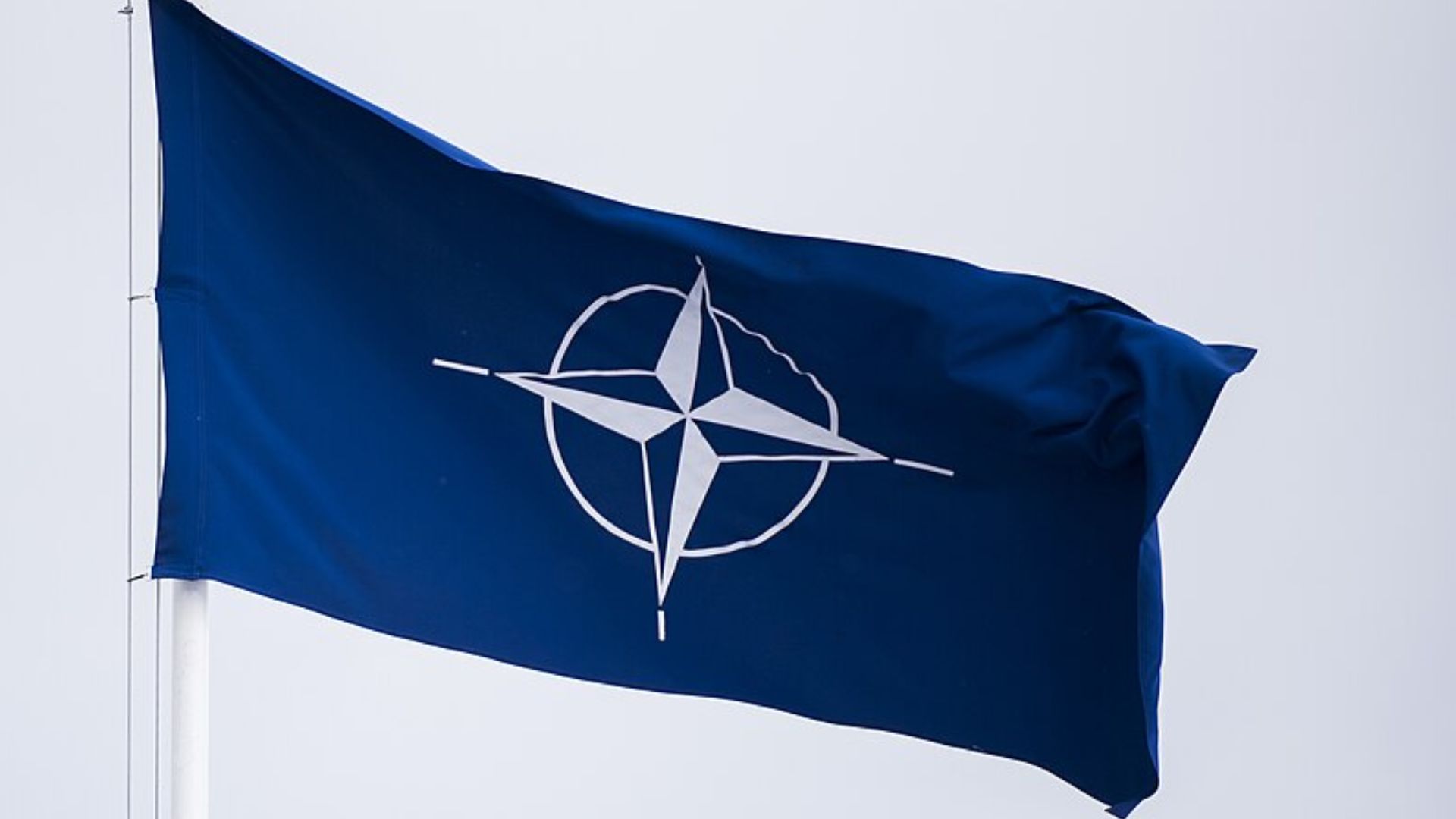
The Future of NATO: Challenges and Opportunities in a Changing World
NATO, originally established to counter the Soviet threat during the Cold War, is now facing uncertainty as new geopolitical challenges emerge in the world. The alliance’s purpose and cohesion are being questioned, particularly in light of President Trump’s demands that have sparked changes in NATO’s politics.
Allied foreign ministers have already discussed a new interim spending target of 2.5%, with 3% set as a benchmark to achieve by 2030. President Trump’s policies regarding NATO have significant implications, challenging the stability of the alliance and pushing European allies towards exploring alternative security arrangements.
There is speculation that a European-led defense bloc could potentially emerge as a result, but it would face difficulties in replacing NATO’s capabilities. A weakened NATO could also lead to diminished U.S. global influence and embolden other geopolitical players.
President-elect Trump is currently facing two major challenges in his NATO and European foreign policy efforts: developing a modern strategy for the alliance and garnering enough support on Capitol Hill for his proposals. Spain’s refusal to commit to increasing defense spending to 5% of GDP, as requested by the U.S. president, threatens to disrupt a planned NATO summit aimed at appeasing Trump.
The potential impact of a second Trump administration on NATO has garnered significant analysis, with experts warning that undefined demands could further strain the alliance. Defense spending is expected to dominate the agenda at the upcoming summit, with pressure mounting on NATO members to meet higher spending targets set by the U.S. president.
While 23 out of NATO’s 32 members currently meet the 2% spending goal, the push to exceed this threshold has intensified since President Trump’s return to office. The U.S. president’s proposal to increase defense spending to 5% has raised concerns and reshaped discussions within the alliance.
In the midst of these changes, there is a sense of cautious optimism for NATO’s future. Despite the challenges posed by President Trump’s demands and policy changes, there are opportunities for the alliance to adapt and evolve in a rapidly changing global landscape.




.png?width=1200&height=630&fit=crop&enable=upscale&auto=webp)

